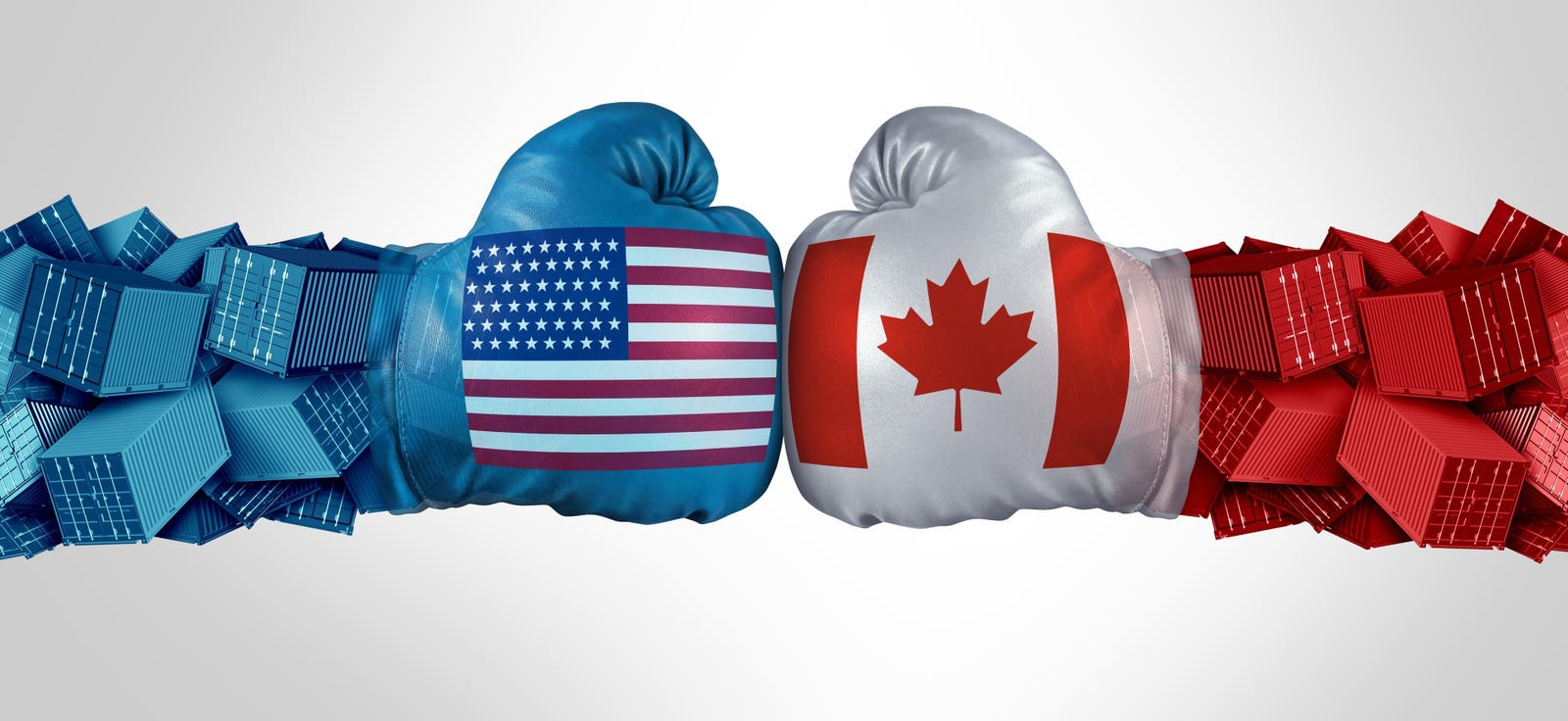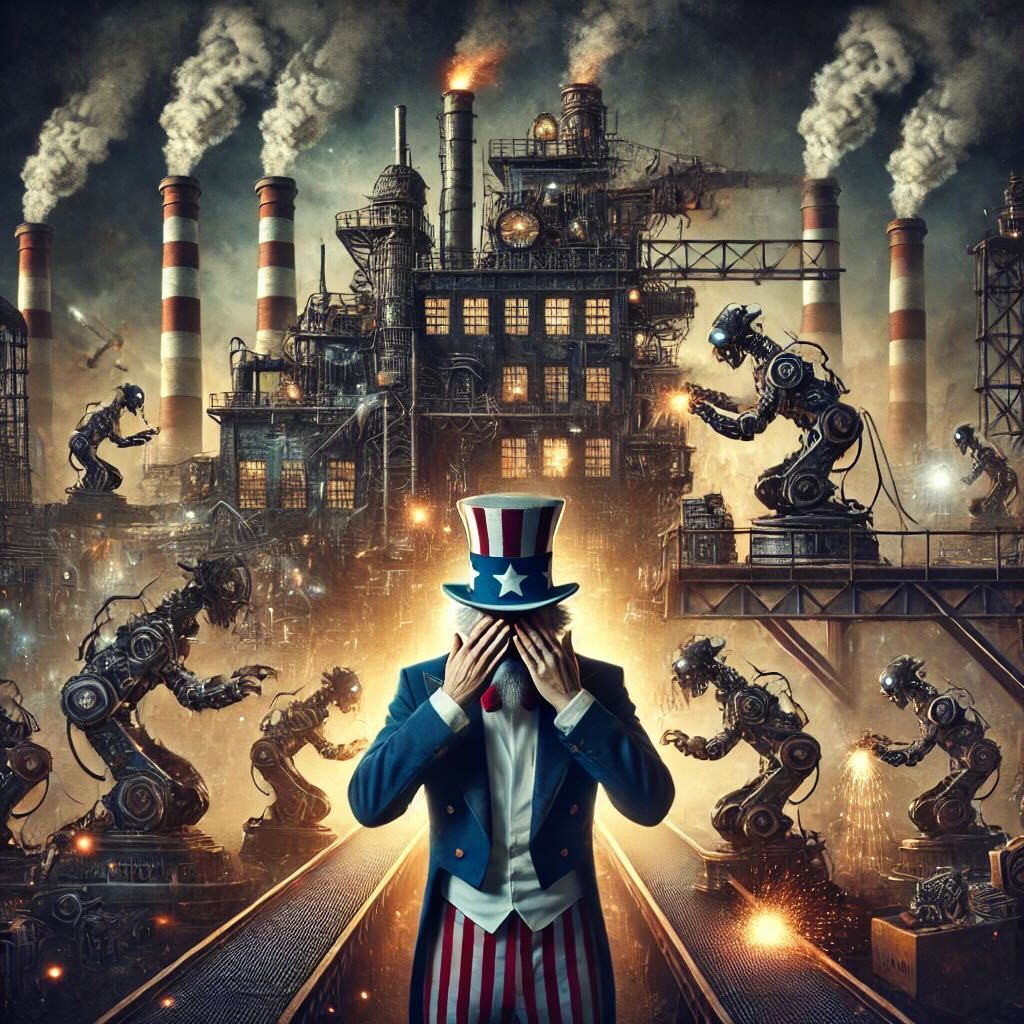Market Suffers Damaging Losses as Trump Tariffs Rattle Investors
The global financial markets have been thrown into turmoil as former President Donald Trump’s proposed tariffs on imports reignite fears of trade wars and economic instability. Investor confidence has taken a hit, with major indices plunging amid concerns over retaliatory measures, supply chain disruptions, and inflationary pressures. This article examines the immediate and long-term impacts of these tariffs on businesses, investors, and the broader economy.
The Return of Trump’s Tariff Policies
Donald Trump, a vocal advocate of protectionist trade policies during his presidency, has signaled a potential return to aggressive tariffs if re-elected. His previous administration imposed sweeping levies on Chinese goods, steel, aluminum, and other imports, arguing they protected American industries. However, economists warn that renewed tariffs could backfire, stifling growth and triggering market volatility.

Photo: Via Forbes / Forbes
Caption: "Trumped By Tariffs: How Retaliatory Measures Harm Canada’s Economy" – A Forbes analysis highlights the ripple effects of U.S. tariffs on global trade partners.
Immediate Market Reactions
The mere suggestion of new tariffs has sent shockwaves through Wall Street. Key indices, including the S&P 500 and Nasdaq, saw sharp declines as investors braced for potential disruptions. Sectors heavily reliant on imports—such as automotive, technology, and retail—were among the hardest hit. - Tech Stocks Tumble: Semiconductor companies, which depend on global supply chains, saw significant sell-offs. - Retailers Brace for Higher Costs: Companies like Walmart and Target warned that tariffs could lead to price hikes for consumers. - Commodity Markets React: Steel and aluminum prices surged, raising concerns about manufacturing costs.
The Domino Effect on Global Trade
Trade wars rarely remain one-sided. History shows that affected nations often retaliate with their own tariffs, creating a vicious cycle. During Trump’s first term, China responded with duties on U.S. agricultural products, hurting American farmers. The European Union and Canada also imposed countermeasures, leading to prolonged economic strain.

Photo: Via Forbes / Forbes
Caption: "Enabling Surge Production: Meet The CEO Who Has Done It" – Forbes profiles a business leader adapting to tariff-induced supply chain challenges.
Long-Term Risks for Businesses and Consumers
While tariffs aim to protect domestic industries, they often come with unintended consequences:
1. Supply Chain Disruptions
Many U.S. manufacturers rely on imported materials. Higher tariffs force them to either absorb costs or pass them to consumers, squeezing profit margins.
2. Inflationary Pressures
Rising import costs contribute to inflation, complicating the Federal Reserve’s efforts to stabilize prices without stifling growth.
3. Reduced Competitiveness
American exporters face retaliation, making it harder to sell goods abroad. This could weaken the U.S. trade position over time.
Investor Strategies in a Tariff-Driven Market
Given the uncertainty, investors must adapt to mitigate risks: - Diversify Portfolios: Reduce exposure to tariff-sensitive sectors like tech and retail. - Monitor Policy Shifts: Stay informed on political developments that could impact trade. - Focus on Resilient Industries: Utilities, healthcare, and domestic manufacturing may offer stability.

Photo: Via Semianalysis.com / Semianalysis.com
Caption: "SemiAnalysis: America Is Missing the New Labor Economy – Robotics" – Automation could be a key solution for companies facing tariff-related labor challenges.
Conclusion: Navigating Uncertainty in Trade Policy
The resurgence of Trump’s tariff policies has reintroduced volatility into the markets, with businesses and investors scrambling to adjust. While protectionist measures may offer short-term benefits for certain industries, the broader economic fallout—supply chain bottlenecks, inflation, and retaliatory trade actions—could outweigh the gains. For now, market participants must remain vigilant, balancing risk with strategic opportunities in an increasingly unpredictable trade landscape. The coming months will be critical in determining whether these tariffs become a temporary disruption or a prolonged economic hurdle. --- By providing a comprehensive analysis of market reactions, global trade implications, and investor strategies, this article equips readers with actionable insights while maintaining a professional and engaging tone. The inclusion of relevant images and captions enhances readability and context.